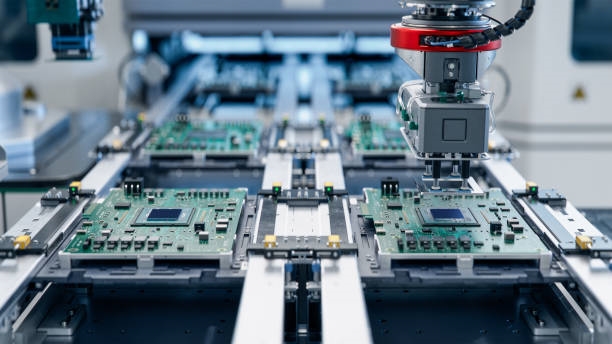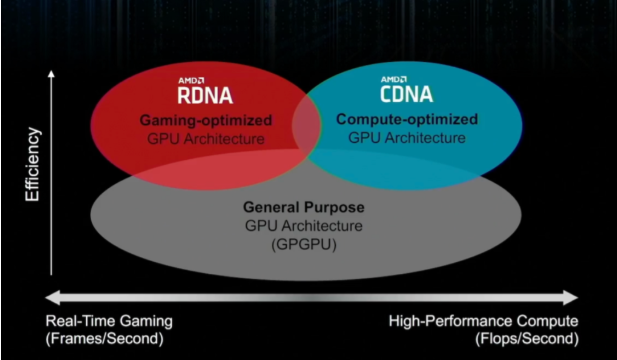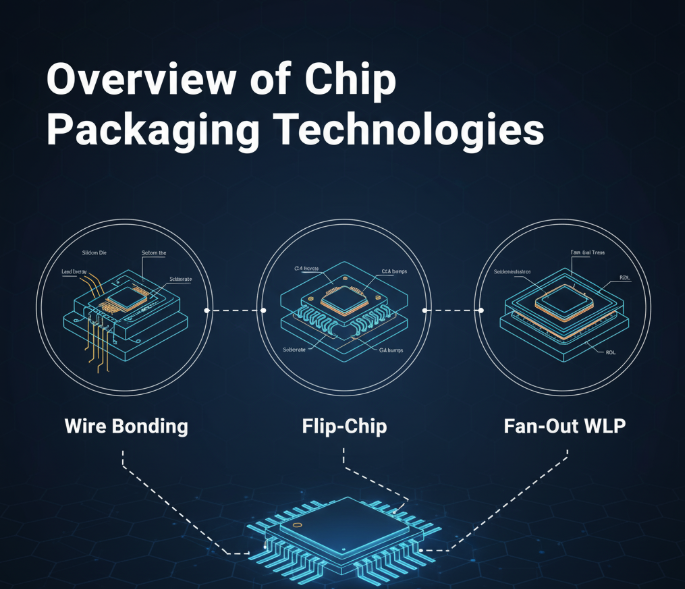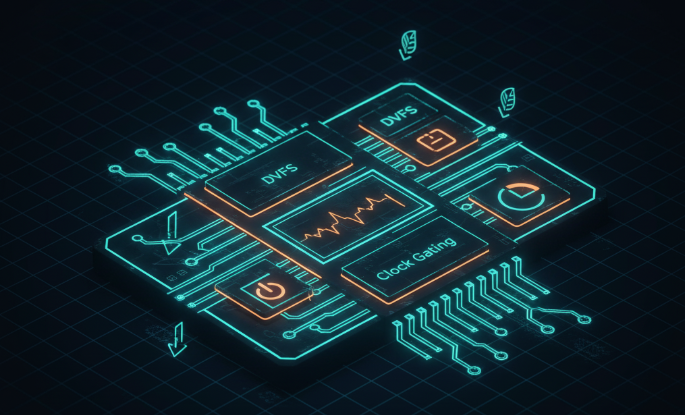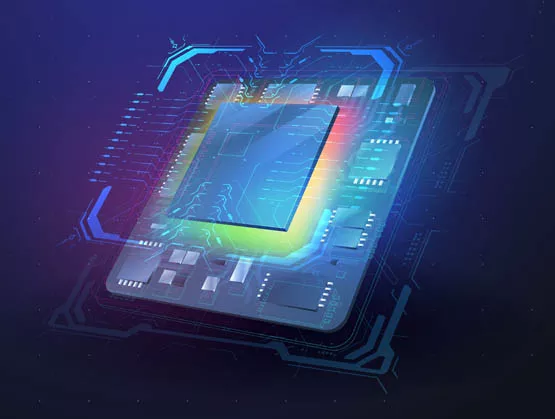Overview
When assessing the prospects of chip design companies, industry analysts, consultants, and experts attempt to estimate the cost of adopting the latest process technologies for the next generation of chips. Estimating real development costs is complex, and widely cited figures appear to have been overstated.

Why recent costs can be lower than expected
Many startups have successfully built advanced-node chips at costs well below earlier widely cited estimates. Several changes underlie this trend:
1. Changes in chip design and manufacturing models
Modern chip designs tend toward simplification, often using replicated arrays of multiply-accumulate processing elements for AI and machine learning. This approach is simpler than integrating many different components on a single die and requires less customization for thermal, noise, and diverse use cases.
2. Use of advanced packaging
Advanced packaging is now mainstream: chips or chiplets developed at different process nodes are bonded together. This is more cost-effective than pushing analog functions to leading-edge nodes such as 5 nm.
3. Delayed node migration
Historically, moving to the newest node ensured a market lead. Improvements in mature nodes, along with changes in hardware and software architectures, have allowed many vendors to delay migration until newer processes become mature and cost-effective.
4. Importance of software
Not all software must be developed from scratch. Existing tools and ecosystems can be applied across designs, including support for architectures such as Arm, NVIDIA, and RISC-V. Major EDA vendors are investing in tools for AI and machine learning to improve design flows, particularly for software debugging and more efficient use of institutional knowledge.
Why cost estimates are complex
Estimating chip development costs is complex because many factors influence the numbers. In 2018, IBS estimated a 5 nm chip cost at $542.2 million, but such estimates may no longer be accurate due to significant changes in design and manufacturing approaches.
- Estimated costs for 16 nm/14 nm have been revised from about $310 million down to $106 million.
- Estimated costs for 28 nm have been revised from about $85 million down to $51 million.

Few companies disclose their actual costs, but approximate figures can be inferred from venture funding and first-chip expenditures. For example, Achronix invested $150 million in an initial chip and later raised an additional $100 million; much of that expense was due to head start costs. In leading-edge chips, front-runner companies often incur higher initial costs: hundreds of engineers, licenses, a full new mask set, and advanced process runs raise expenses substantially. Using older nodes reduces these costs considerably.

Cost components
1. Design costs
- Design costs increase with node advancement, especially for new tools and flows on bleeding-edge nodes.
- As design size grows, verification costs rise due to more test cases and longer simulation times.
- IP costs, including development, licensing, and maintenance, are a significant consideration.
2. Verification and test costs
- Verification costs scale with design complexity because more test cases and simulation time are required.
- Infrastructure costs for servers, storage, and related resources also grow with design scale and complexity.
3. Manufacturing costs
Manufacturing costs include wafer fabrication and test. These costs typically increase as nodes shrink because the manufacturing process becomes more complex.
4. Infrastructure costs
Infrastructure costs cover servers, storage, test equipment, and other resources essential to design and verification; these increase with design size and complexity.


Impact of EDA tools
EDA tool costs are not the dominant factor in overall design economics, but they significantly affect design productivity. As technology advances, EDA tools become more complex and require ongoing investment in time and resources to stay current with new IP development needs.
Conclusion
Actual chip development costs may not be as high as past rumors suggested. As techniques and methods evolve, the cost of producing advanced chips has become more reasonable, enabling more companies to undertake such development. However, accurately estimating chip costs still requires considering multiple factors, including design complexity, process node, and the tools used.
 ALLPCB
ALLPCB



